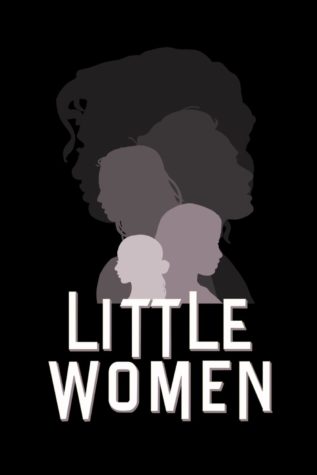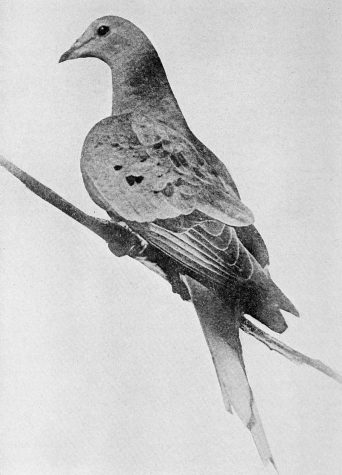Two Easy Steps to Learn for Beginner Crocheting
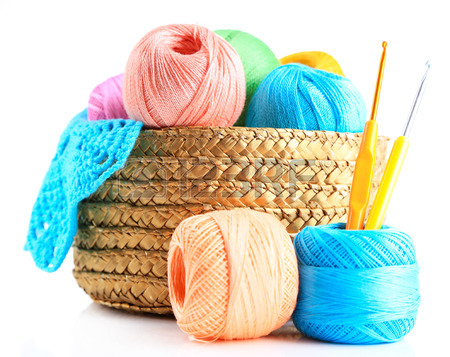
A basket full of colorful yarns alongside hooks that are useful for crocheting. PHOTO FROM: www.caitlinsconatgiouscreations.com
April 5, 2021
BY NATALEE SHRIVER
Want to learn how to crochet but don’t know where to start?
If you are interested in learning how to take up the art of crocheting, this helpful guide will teach you the two important things to start every crocheting project.
What you’ll need
- Yarn (of any material/ thickness)
- Crochet hooks (smaller hook if the yarn is thinner or a larger one if material is thicker)
Slip Knot
This is the first stitch and it is essential to allowing you to continue making the chain stitch. The links below include a step by step guide and a video that clearly explains how to make a slip knot.
How to make a Slip Knot- Visual Guide
Three Different Ways to make the Slip Knot- Video
Chain Stitch
Chain Stitches are vital to crocheting because they are how you start a new project. They connect with other stitches, like the half double, to make more intricate patterns.
Step 1: Hold your hook in whichever hand you’d like. With the index finger on the other hand, wrap the loose strand from the ball of yarn around your finger. You also want to make sure that your yarn is wrapped over the hook, like so:
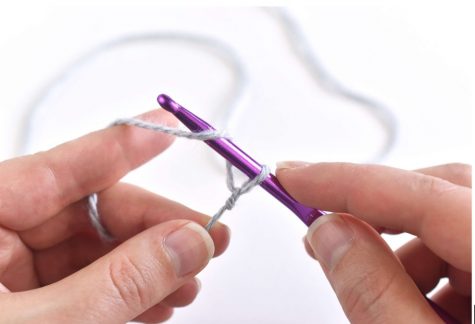
Step 2: Rotate the hook so the curved park grabs a hold of the yarn. Then, you want to pull the yarn through by moving the hook downwards so that the curved part is facing the ground. Pull the yarn through the loop.
Step 3: Repeat step 2 to create a bigger chain. Make sure the yarn is over the hook and draw up the loop. Make sure that the yarn is not too tight or too loose.
Step 4: Repeat step 3 multiple times until you perfected the stitch or you have the desired length you want. Once you get the hang of the above steps, the repetition comes naturally. It may be tricky a first, but once you get the hang of it, it should look like a chain (hence the name).
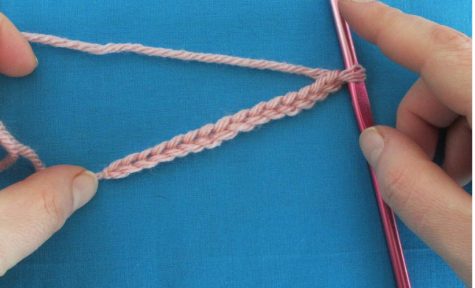
These two easy steps will help you be able to start other projects, like blankets or cute stuffed animals. Once you are able to do these well, then you can begin to learn more challenging stitches.



